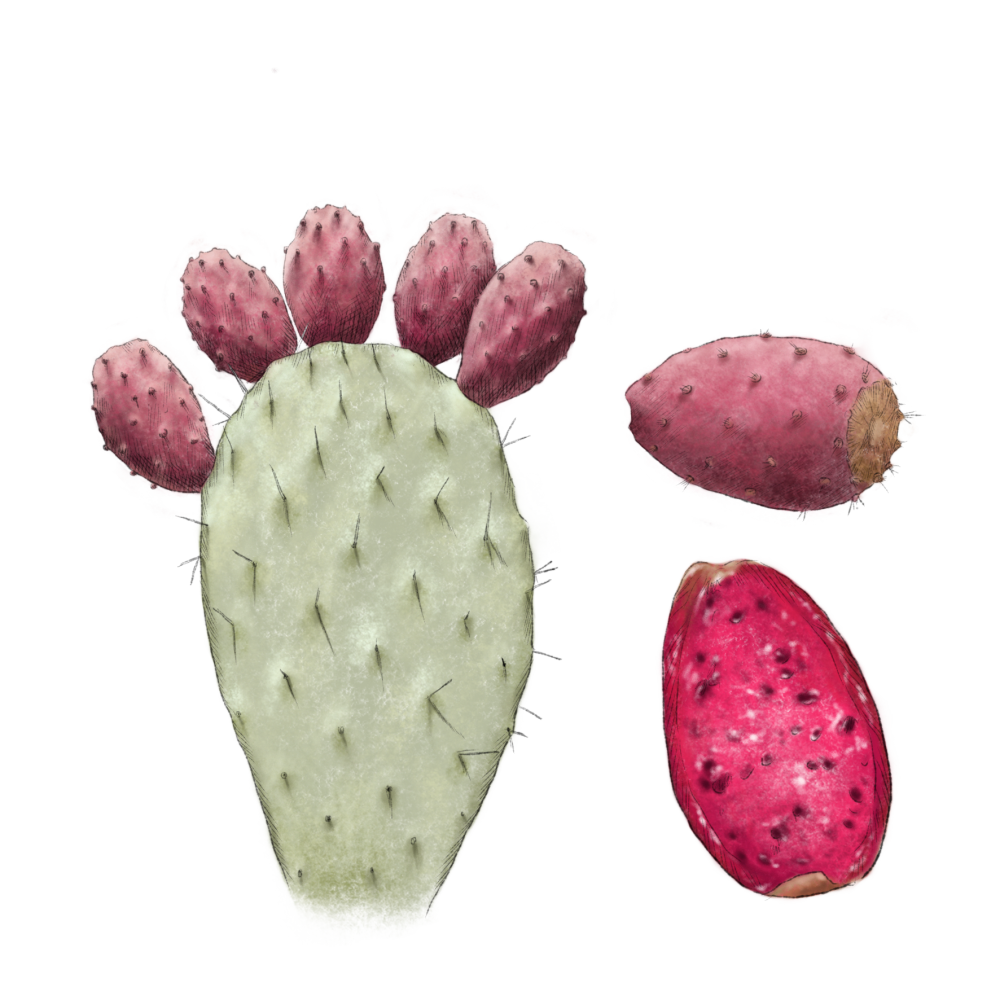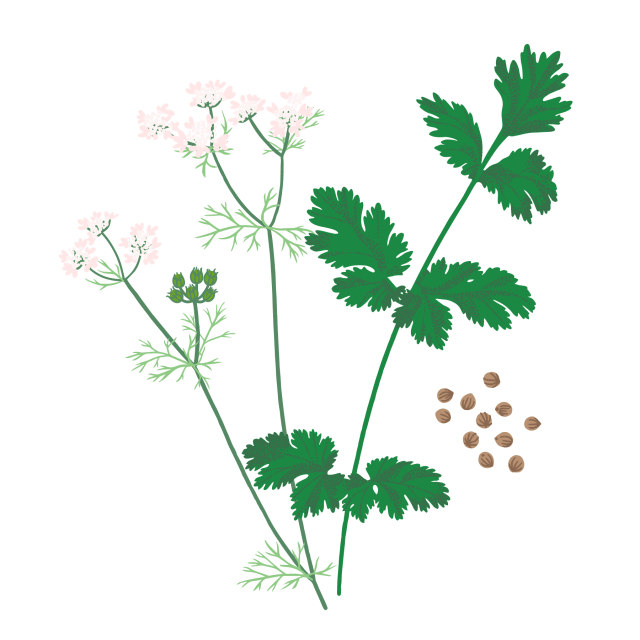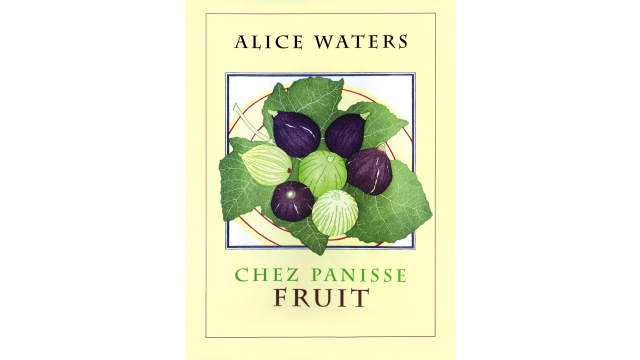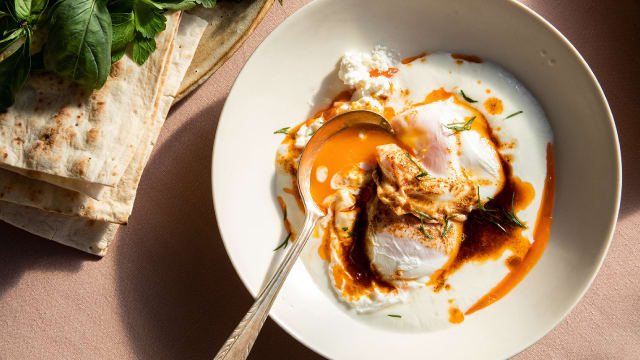Prickly Pear

Latin name: Opuntia ficus-indica
Other names: nopal (leaves), tuna (fruit)
Uses: vegetable, fruit, juice, jam, fodder, flour (seeds)
What are prickly pears?
Prickly pears are large cacti with flat paddles that are eaten all over Mexico (all the 100-plus+ Mexican Opuntia species have edible paddles), though the domesticated species discussed here is primarily grown for its succulent fuchsia-purple fruit.
Why are prickly pears healthy?
The cactus has a long history of use by indigenous people, who valued it as food, medicine, and a water source. Research shows that this fruit has powerful medicinal properties and may improve immunity and help defend against diabetes, high cholesterol, and digestive issues like gastric ulcers. Extracts and oils from leaf and fruit alike are frequently used in skin and hair products.
What do prickly pears taste like?
When cooked, the paddles have a flavor and texture similar to green beans, though slightly mucilaginous and with a slightly sour grassiness. The fruit has a mild but pleasantly sweet and slightly sour flavor, but its best quality is probably that gorgeous magenta color.
How do I use prickly pears?
How do you prepare a vegetable covered in dangerous spines? Very carefully! Luckily, if you find fresh nopal at the grocery store, the spines have already been removed, but if you’ve harvested your own, grip the base of the paddles with tongs or a folded newspaper, then shave off the spines with a sharp knife.
To prepare the prickly pear for cooking, trim off both ends of the fruit, slice down the middle lengthwise, then peel back the skin to remove it along with the spines. You can use the fruit for aguas frescas, or cook it into jams or syrup for paletas, granitas, margaritas, and mojitos. It makes a beautiful addition to smoothie bowls with chia seeds, another Mexican crop.
What do prickly pears pair well with?
The paddles shine most in Mexican dishes; they’re wonderful with eggs or in stews with tomatillos and onions, and love to be grilled for tacos. Nopales are traditionally used in a variety of salads, too; dice and toss with tomatoes, green onions, and crumbled cotija, or slice into strips and marinate them with onions and cilantro in a lime juice vinaigrette.
Where do prickly pears grow?
Prickly pear cacti are native to the arid and semiarid regions of Mexico, where they’re primarily grown today. They’re also grown as livestock fodder in Namibia but are an invasive weed in North Africa and southeast Queensland, Australia.
How to buy prickly pear:
Unlike its cactus-family cousin dragon fruit, the fruit of prickly pears is indeed prickly, as are its paddles, so use caution (and wear gloves) if harvesting your own. Otherwise, look for them in better-stocked grocery stores and Mexican markets.
Fun prickly pear fact:
In Mexico, the hundreds of different varieties of tuna (fruit) each have completely different flavors, ranging from the crisp, peach-flavored cristalina to the platanera, which tastes similar to bananas, to the wild cardona which tastes like a cocktail cherry. Look for them in Mexican markets in late summer.




